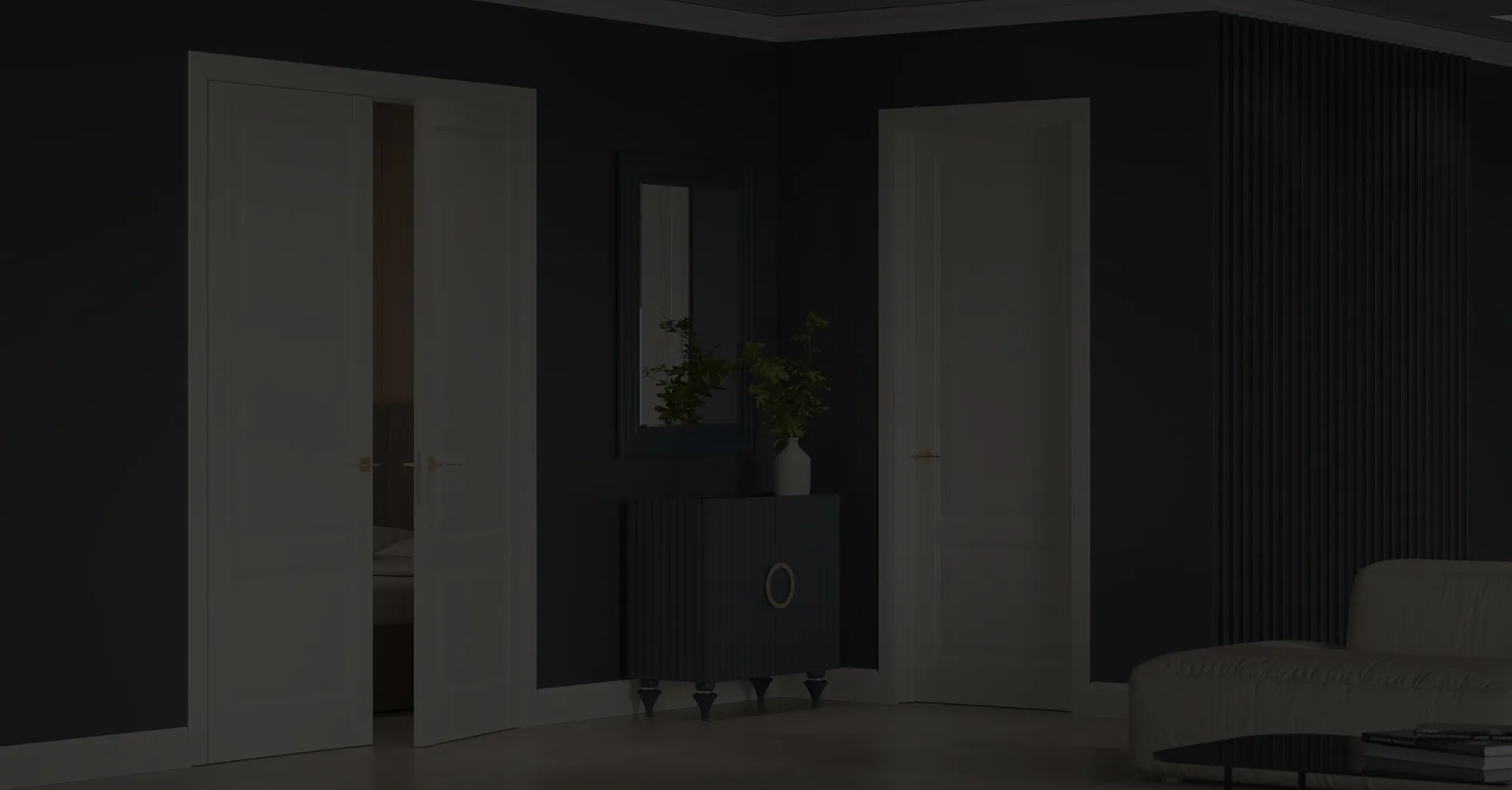edge banding tape for plywood
The Role of Edge Banding Tape for Plywood in Modern Furniture and Cabinetry
In the world of woodworking and furniture manufacturing, aesthetics and durability are at the forefront of design considerations. Among the essential materials that contribute to both these aspects is edge banding tape, particularly when it comes to plywood. This seemingly small detail plays a crucial role in enhancing the overall finish and longevity of wood products.
Understanding Edge Banding Tape
Edge banding tape is a thin strip of material, typically made from wood, veneer, PVC, or melamine, that is applied to the exposed edges of plywood panels. These edges can often be rough and unsightly, especially after cutting, and without edge banding, they can expose the inner layers of the plywood, which detracts from the overall aesthetic appeal of the piece.
The primary function of edge banding is to cover these raw edges, providing a clean and polished look
. By doing so, it meets both functional and decorative needs, ensuring that the furniture or cabinetry not only looks good but is also protected from environmental factors.Benefits of Using Edge Banding Tape
1. Aesthetic Enhancement One of the most significant advantages of edge banding tape is that it improves the visual quality of plywood products. Whether it's a cabinet door, a tabletop, or shelving, properly applied edge banding gives the furniture a seamless and professional appearance. With various colors and finishes available, it can closely match or contrast with the plywood surface, allowing for limitless design possibilities.
2. Increased Durability Edge banding adds another layer of protection against moisture, dirt, and wear and tear. Plywood edges are prone to chipping and damage, but with edge banding in place, the risk of splintering and delamination is significantly reduced. This is particularly important in kitchens and bathrooms, where humidity and spills are common.
edge banding tape for plywood

3. Cost-Effectiveness Applying edge banding is a cost-effective way to enhance the quality of plywood products. It enables manufacturers to use less expensive plywood while still achieving a high-end look. The tape is relatively inexpensive compared to the overall cost of producing furniture, allowing for great savings without sacrificing aesthetics.
4. Ease of Application Modern edge banding solutions come with adhesive backing, making them easy to apply. Whether using a hot glue method or pre-glued edge banding, manufacturers can quickly and efficiently add this material to their products without extensive machinery. This convenience not only expedites production but also streamlines the finishing process.
5. Design Versatility Edge banding tape is available in various materials, such as wood veneer, PVC, and ABS, each offering different visual characteristics and benefits. This variety allows designers and manufacturers to choose the most suitable edge banding based on the intended use and location of the furniture. For instance, while a natural wood veneer might be perfect for a living room table, a more durable PVC might be preferred for a kitchen cabinet.
Application in Modern Furniture
In the context of modern furniture and cabinetry, edge banding tape has become an industry standard. With the rise of modular furniture systems and DIY projects, many consumers are now more aware of the importance of edge treatment. This not only reflects in their purchasing decisions but also in their expectations for quality and design.
Manufacturers are increasingly investing in technology that advances edge banding processes, including automated machines that apply and trim edge banding with remarkable precision. This advancement ensures that the finish is uniform and aligns perfectly with the product, fulfilling the modern consumer's desire for perfection.
Conclusion
Edge banding tape for plywood is a pivotal component in contemporary woodworking and furniture manufacturing. Its role extends beyond mere decoration; it enhances durability, ensures quality finishes, and fosters creativity within design. As trends evolve, the importance of edge banding will only continue to grow, making it an indispensable tool for craftsmen and manufacturers alike. The ability to combine functionality with aesthetics means that edge banding is here to stay, driving innovation and excellence in the furniture industry.
-
Under Door Draught Stopper: Essential ProtectionNewsJul.31,2025
-
Garage Door Seal and Weatherstrips for ProtectionNewsJul.31,2025
-
Edge Banding Tape for Perfect EdgesNewsJul.31,2025
-
Table Corner Guards and Wall Corner ProtectorsNewsJul.31,2025
-
Stair Nose Edging Trim and Tile Stair SolutionsNewsJul.31,2025
-
Truck Bed Rubber Mats for Pickup BedsNewsJul.31,2025
-
Window Weather Stripping for Noise ReductionNewsJul.29,2025